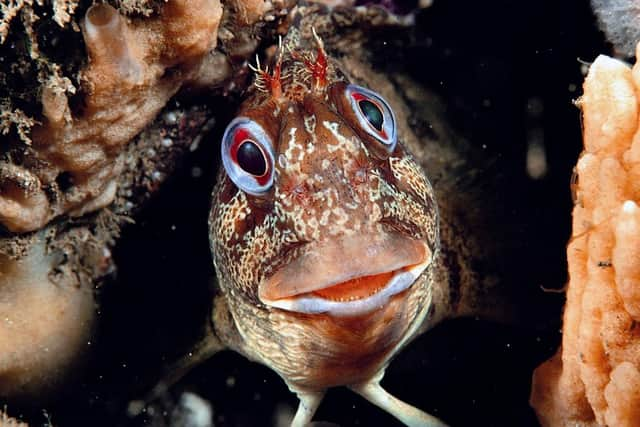North East of Farnes Deep site selected as a Highly Protected Marine Area
and live on Freeview channel 276
Defra has announced that the Highly Protected Marine Area designation has come into effect for ‘North East of Farnes Deep’, as well as two other locations in England (Allonby Bay and Dolphin Head).
It says evidence has indicated that stronger protections can lead to more and larger species in English seas and surrounding waters, contributing to the long-term productivity and sustainability of the fisheries sector.
Advertisement
Hide AdAdvertisement
Hide AdThe North East of Farnes Deep area has a sand and gravel seabed that, whilst sounding uninteresting, is home to animals such as sea pen and anemones, worms, molluscs and fish.


Dolphins, whales and harbour porpoise use the wider region.
In the announcement, Defra says the site’s commercially important fish such as haddock, angler fish and surmullet will now be better protected due to the crucial spawning and nursery habitats the site provides.
Marine Minister Lord Benyon said: “Highly Protected Marine Areas are a crucial part of marine protection measures.
“These designations are a significant milestone for the UK as we ramp up action to recover our important marine ecosystems and make sure species and habitats can thrive in healthy, diverse environments.”
Advertisement
Hide AdAdvertisement
Hide AdTony Juniper, chair of Natural England, said: “These Highly Protected Marine Areas will help boost the long-term sustainability of these sites, helping to soften some impacts of climate change while aiding the recovery of marine ecosystems and the fish, marine mammals and seabirds that depend upon them.
“We are very excited to be working with Government on the identification of further marine areas.”